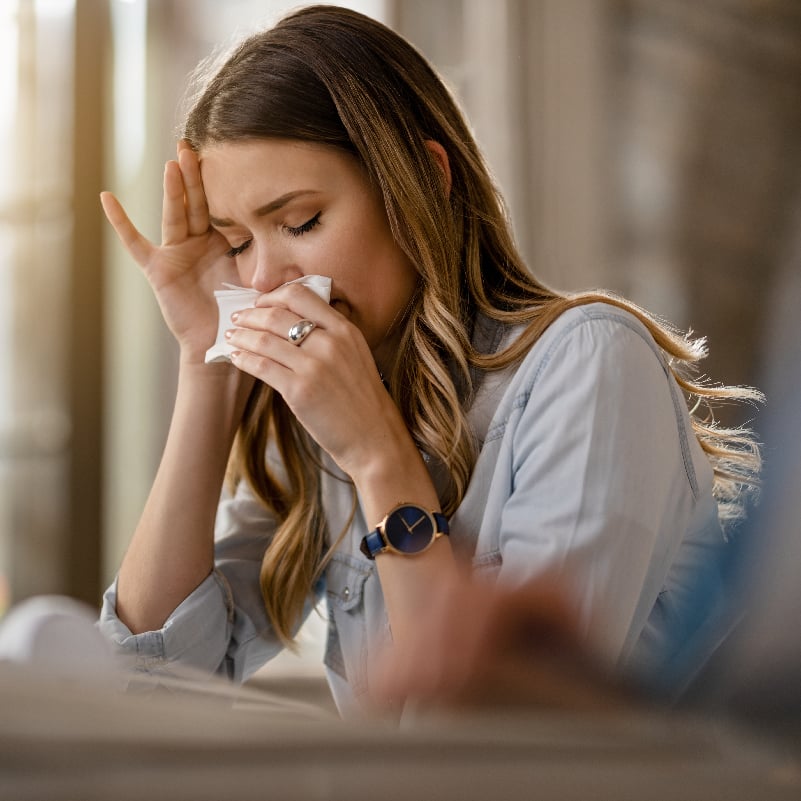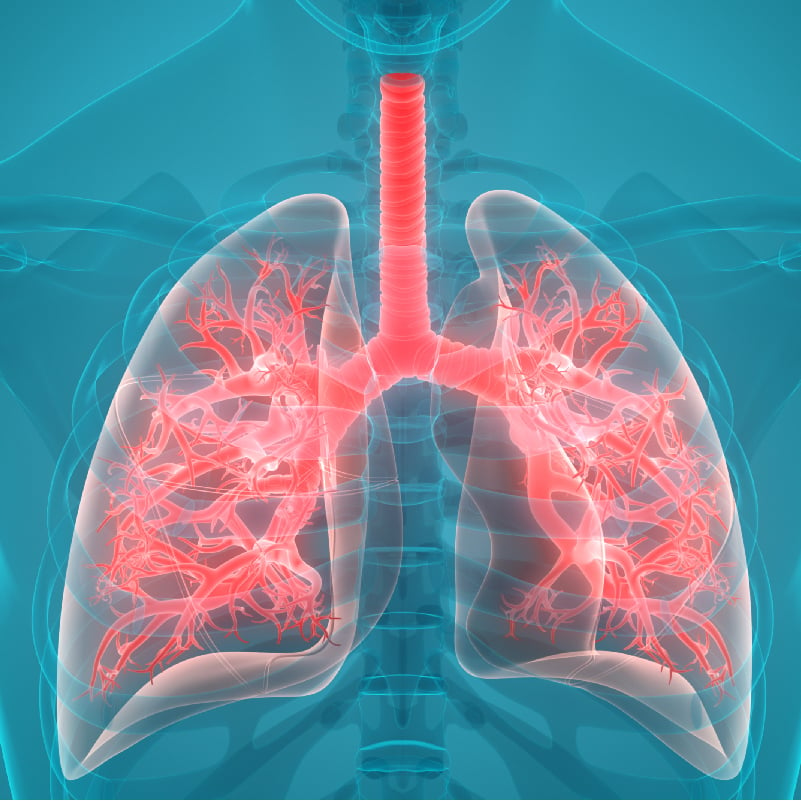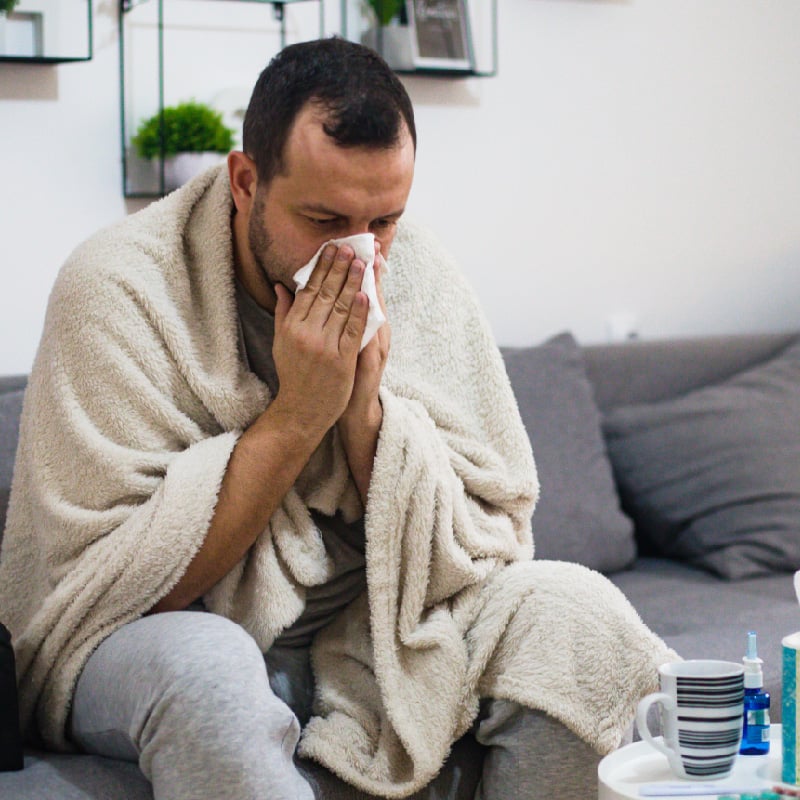Hearing the word ‘allergies’ usually brings to mind blooming flowers and clouds of pollen floating in the air – all during springtime.
Most people don’t associate allergies with the fall season. Yet more people seem to be sneezing with runny noses and itchy eyes this year.
Denise Sanchez-Tejera, MD, an allergist with Rochester Regional Health, discusses the source of fall allergies and how to get ahead of them.
What causes fall allergies?
People who suffer from fall allergies tend to have reactions to allergens that are more widespread from late August through early November.
The biggest source of allergies during the fall months in the Northeast U.S. is ragweed. Ragweed or other weeds pollenating starts in the end of August, peaks in late September, and drops off after the first frost. Wind can also carry ragweed pollen hundreds of miles, so even if you don’t have ragweed in the area where you live, it may still be in the air.
Roughly 15 percent of Americans have ragweed allergies, according to the Asthma and Allergy Foundation of America.
Another cause of fall allergies is mold. Mold increases as leaves begin to fall from trees and dampen. The rise in mold can trigger allergies for some people.
Spring vs. fall allergies
There is a stark difference between noticing the presence of allergens in the spring and the fall.
The switch from winter to spring is more noticeable. Temperatures rise above freezing and snow begins to melt, plants begin to blossom and bud, and there is more greenery. Because of the prominent changes in nature, more people seem apt to notice the abundance of grass and tree pollens.
There is a more subtle transition from summer to fall, with temperatures cooling down more gradually. The ease of transition disguises the change – and the introduction of fall allergens.
“In spring and summer, we have trees and grasses dominating the pollen season,” Dr. Sanchez-Tejera said. “These spring and summer pollens now decrease as we enter the fall season, which is mainly dominated by ragweed and other weed pollen.”
Aside from those differences in perception, the symptoms are mostly similar. Some of those may include:
- Runny or itchy nose
- Itchy eyes or throat
- Sneezing
- Headache
- Coughing
- Post-nasal drip
Why are my allergies so bad?
There are several factors that may cause fall allergy symptoms to feel stronger.
Evidence suggests allergy seasons are getting longer and symptoms are worsening in recent years, according to Dr. Sanchez-Tejera.
Contributing factors to the longer allergy seasons include:
- climate change
- increased exposure to environmental toxins
- pollution
- possible changes in microbiome
What can I do to treat fall allergies?
There are some steps you can take ahead of time to prevent your symptoms from worsening.
As August comes to a close, start to keep an eye on the ragweed and pollen counts in your area. Often local meteorologists will post daily updates on ragweed counts; check those reports.
Medications can help to ease your symptoms – especially if you start to introduce them into your system a couple weeks ahead of the fall allergy season. Over-the-counter antihistamines and intranasal steroids are some of the more common medications used to treat allergies.
Once fall arrives, you can reduce your exposure to allergens by keeping the windows in your house and car closed.
If you spend time outdoors, consider washing your hands and clothes after coming back inside to remove any pollen that may be on you. Saline rinses can help with cleansing allergens from the nose.
If your home is damp or humid, using a dehumidifier may help. A HEPA filter can reduce the potential for mold growth and help remove other allergen particles from the environment. Clean or replace your filter ahead of the winter months – especially with furnaces.








